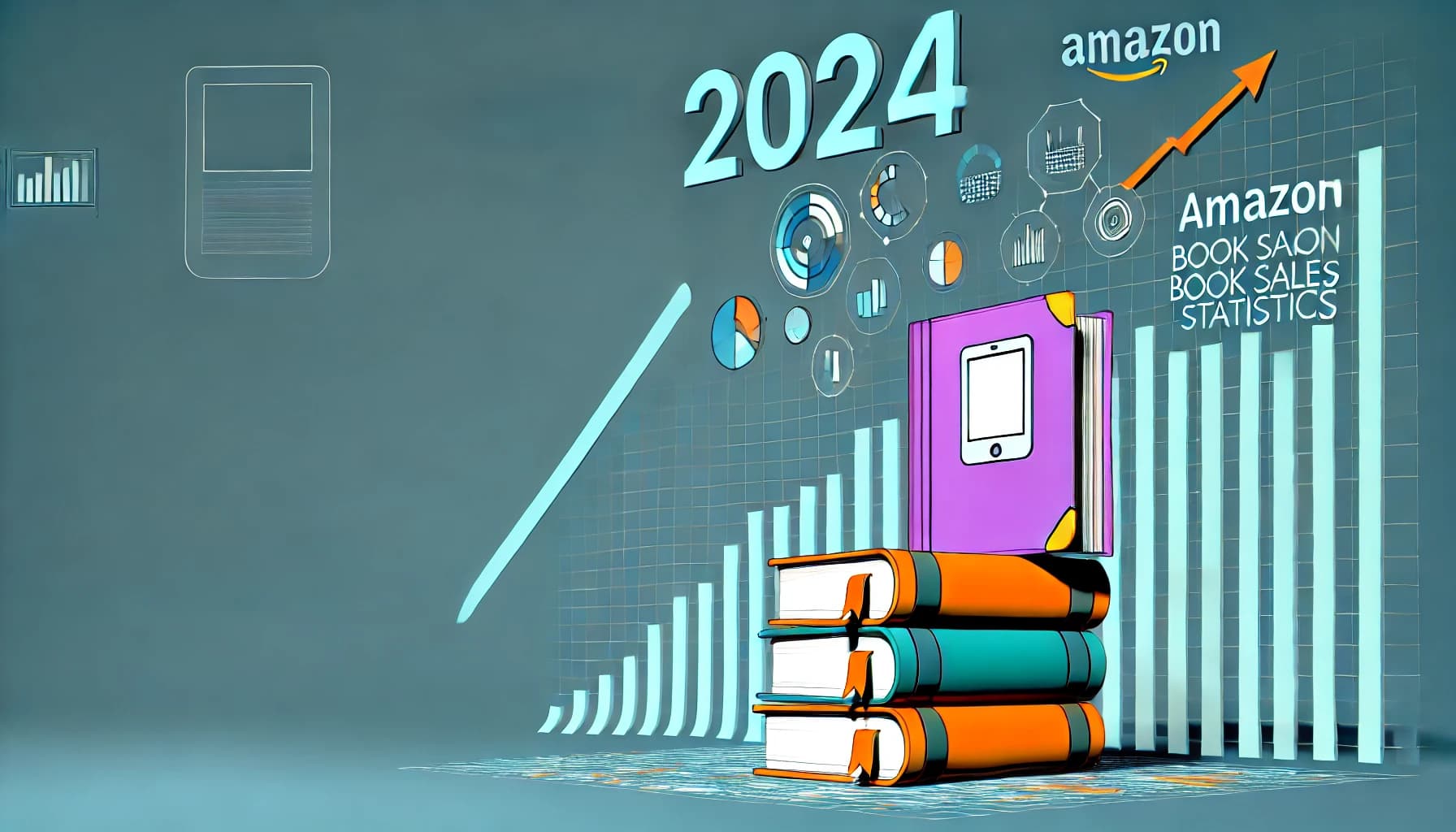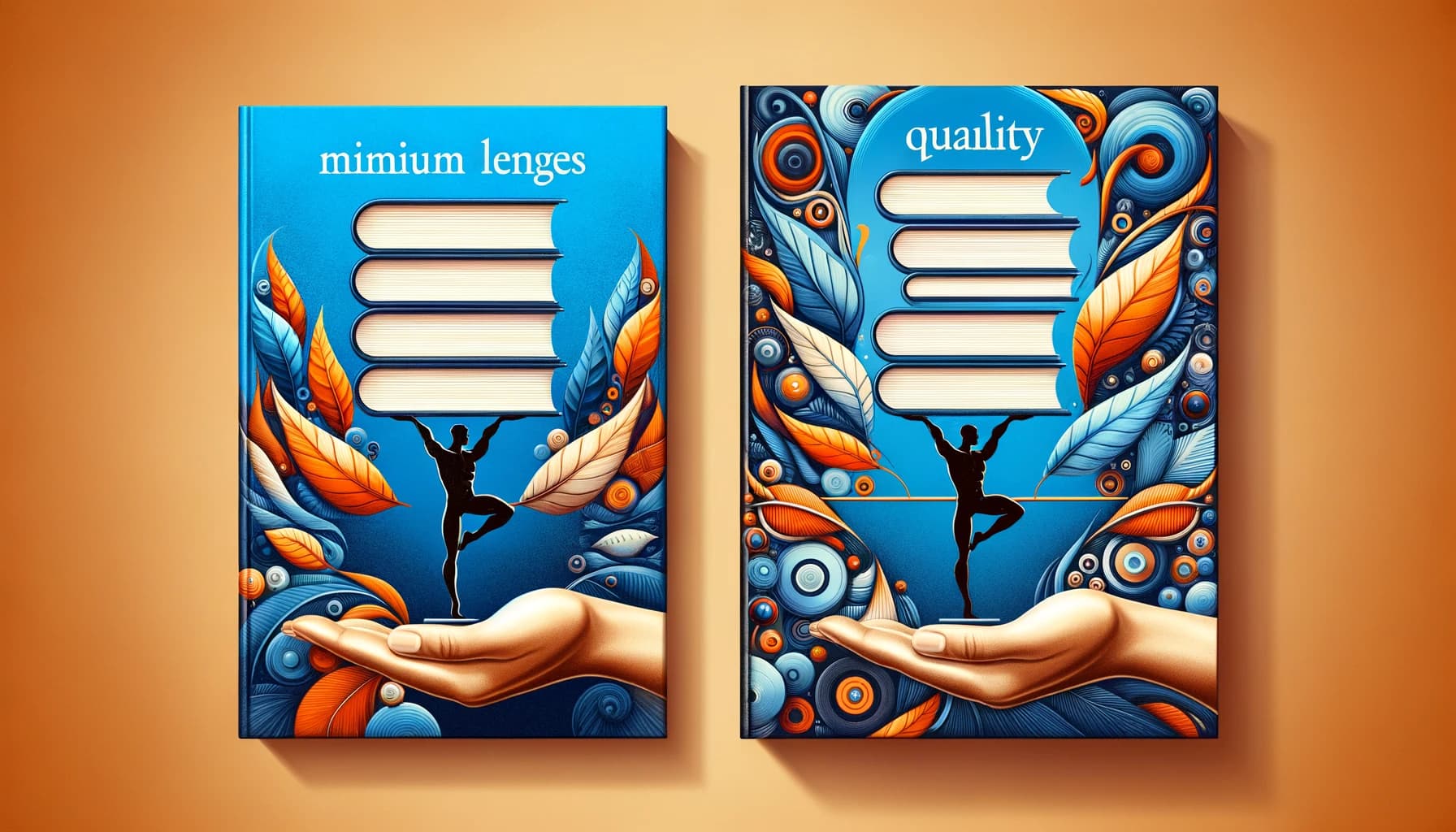Table of Contents
Writing persuasive copy can feel like rocket science, especially when you’re not sure why your words aren’t convincing readers to click, buy, or simply care. You know your offer is great, but somehow, that magic isn’t coming across on the page.
Here’s the good news—writing copy isn’t magic; it’s a skill you can easily learn. Stick with me, and I’ll show you exactly how to grab attention, build trust, and gently persuade your readers into action.
Ready? Let’s jump into nine practical steps that’ll make your copy irresistible.
Key Takeaways
- Know your reader well—understand their problems, concerns, and desired outcomes clearly.
- Write clear, straightforward headlines that immediately show readers what they’ll gain.
- Always emphasize the benefits of your offer, not only the features.
- Openly address your audience’s worries right in your copy to build trust.
- Use brief, true stories to create emotional connections and make your message relatable.
- Pick strong, emotional words to motivate your readers into action.
- Speak naturally, using words your readers actually use and recognize.
- Create noticeable calls-to-action telling readers exactly what to do next.
- Format text clearly—short paragraphs, bullet lists, and headings—to make skimming easy.

Step 1: Understand Your Audience and Their Needs
When you’re writing persuasive copy, the first rule of thumb is simple—figure out who you’re talking to and what matters to them. Sounds obvious, right? But here’s the catch: many writers dive straight into the writing process without actually diving into the headspace of their readers.
So how do you get there? Start by asking yourself these quick questions:
- What problems is my audience facing?
- What emotions drive their decision-making?
- What specific benefits and outcomes do they care about?
For instance, if you’re selling self-publishing services to new authors, they’re probably concerned about navigating the confusing world of traditional publishing versus self-publishing. They might fear rejection from literary agents, or they may feel overwhelmed by the complicated processes involved. You can show them how to get a book published without an agent and ease their anxiety by clearly addressing their problem right up front in your copy.
Here’s a trick I always recommend: browse online forums, reviews, or social media groups where your audience hangs out. Notice what language they use and what frustrations keep popping up. This gives you a baseline to create copy that feels authentic because it echoes exactly what they’re thinking and feeling.
Step 2: Write Clear and Simple Headlines That Capture Interest
Want your readers to stay glued? Start with the headline. A clear, engaging headline is your foot in the door. It only takes seconds for readers to decide whether they’re sticking around, so your headline better be attention-grabbing, straightforward, and impossible to ignore.
Here’s a practical mini-checklist to keep in mind:
- Keep your headlines short and punchy (less than 10 words usually does the trick).
- Use emotional triggers or actionable language to motivate readers (“Get started,” “Discover how,” “Stop struggling”).
- Make a clear promise about what they’ll gain by reading your content.
Instead of vague or overly clever titles that confuse people, go for clear, direct ones. For example:
- “Boost Your Book Sales in 2 Weeks Without Spending a Fortune”
- “Learn How to Create an Interactive Ebook for Free”
If headlines stress you out (and trust me, that’s normal!), get started by jotting down multiple messy attempts. Afterwards, review, cross out the weak ones, and refine the strongest until you have something truly clickable.
Step 3: Highlight Benefits Instead of Features
We often hear the advice, “talk benefits, not features,” but what does that really mean in practice? A feature is just something your product or service can do, while a benefit is the positive impact or outcome it brings to your reader’s life.
Here’s how to flip your perspective from features to benefits:
- Take any feature of your product and ask yourself: “So what?”
- Keep going until you’ve translated every feature into a clear benefit.
For example, if your self-publishing platform allows easy ebook formatting, that’s a feature. But your reader might think—so what? Instead, highlight the benefit clearly: “Format your ebook effortlessly without coding or confusion, giving you more time to focus on writing your next bestseller.”
Another tip: combine both features and benefits seamlessly when possible. You might mention a strong feature momentarily, and immediately reinforce it with the valuable benefit it brings along.
For instance:
“Our intuitive software automatically designs your cover—no graphic designer needed—so you can finally increase your book sales on Amazon without draining your budget.”
When your audience can quickly grasp what’s in it for them, they’re far more likely to trust your message and take action.

Step 4: Address Common Customer Concerns Directly
One of the best things you can do to make your reader actually trust your message is to directly address their doubts or concerns right away.
Yes, you might think it’s common sense, but you’d be surprised how many people gloss this step over.
Say you’re offering a new editing service to self-published authors—potential clients might immediately worry about the price, quality, or turnaround time.
So don’t wait for potential customers to hunt down your FAQ page—lay out their concerns transparently and clearly in your copy.
If readers worry your service is too expensive, you might say something like:
“We know editing can feel expensive, especially when starting out. That’s why our editing service focuses on affordability without sacrificing quality.”
It’s also smart to touch on objections customers didn’t even realize they had yet.
A line like “No complicated sign-ups or hidden fees, just submit your manuscript and get clear, professional feedback” can ease prospective clients’ anxiety instantly.
Taking a few lines to clearly address worries about your service shows authenticity and honesty—two things readers find comforting when deciding to buy.
Step 5: Use Storytelling to Connect Emotionally With Readers
Think of storytelling as the not-so-secret sauce of persuasive copy—humans naturally love stories; they’re engaging, memorable, and often persuasive.
But storytelling isn’t just throwing in random narratives; it’s crafting a brief, relatable anecdote to hook your readers emotionally right from the start.
Take, for example, the issue of life expectancy trends in the U.S., projected at 79.4 years by 2025 and rising to 81.7 by mid-century according to the Congressional Budget Office.
If you’re selling a health-focused ebook, you’d start your copy with something like:
“When my dad turned 60, he worried constantly about his health—could he really reach life expectancy and beyond with quality time left for his grandchildren?”
Right away, you’ve set up a relatable scenario, which immediately makes your copy personal and appealing to readers facing similar concerns.
Stories also help illustrate abstract concepts concretely, showing readers the true value your product or service provides to real people’s lives.
Just remember to keep these stories short, relevant, and real—otherwise, readers will quickly pick up that you’re just trying to sell.
Step 6: Include Powerful Words That Spark Emotions and Encourage Action
The words you pick can dramatically change how customers respond to your copy.
Instead of wishy-washy terms like “might,” “perhaps,” or “possibly,” choose strong, emotional words that get a clear reaction from your readers.
If you’re promoting a new graphic novel, don’t just say it’s “interesting”—describe it as “visually stunning,” “deeply moving,” or “unexpectedly hilarious” (depending on your content).
The same principle applies when selling cancer awareness resources or books.
With an estimated 2,041,910 new cancer cases projected in 2025, if you’re offering guidance, your copy could emotionally stress action:
“Don’t wait until it’s too late—get informed and take control of health decisions today.”
Include emotion-driven CTAs like “Join now,” “Take action,” “Claim your discount,” or even “Start your free trial.”
Even a simple phrase such as “Start living healthier today” can drive greater engagement by tapping into a reader’s deeper desires and motivations.
Step 7: Speak Using the Same Language Your Customers Use
If you saw two ads, one using boring jargon and another talking exactly like you and your friends do, which would you trust more?
The second one, right?
That’s why it’s essential to match your readers’ tone and vocabulary—it’s as simple and powerful as mirroring their thoughts back at them.
Check forums, reviews, and social media—yes, that again—to find common phrases or slang your community actually uses.
If you’re marketing to younger writers tackling creative prompts such as winter writing prompts, don’t say:
“Enhance your seasonal literacy skills.”
Instead, just go with something more natural like:
“Beat winter boredom with these fun and inspiring winter writing prompts that you’ll actually enjoy.”
Matching your buyers’ language style does one simple thing—it shows you’re one of them.
And we like buying from people who get us.
Step 8: Create Clear and Engaging Calls to Action (CTAs)
A great copy with a weak call to action is like inviting someone over and forgetting to tell them your address.
Avoid generic CTAs like “Learn more” and get specific.
Use straightforward phrases that directly indicate the next step—something like “Download your free guide,” “Sign up right now,” or “Order your copy today.”
If you’re encouraging your readers to explore creating a new type of ebook, make sure you hyperlink a helpful guide like how to create an interactive ebook for free.
To ensure your CTAs really compel action, follow some practical tips:
- Keep it short and clear (ideally 3–6 words).
- Make it visually distinct with bolding, buttons, or contrasting colors.
- Put it throughout your content, not just at the end.
Here’s a CTA example targeting authors looking to boost their book’s success:
“Don’t let your book get lost in the shuffle—check out how to publish a graphic novel effectively today.”
Step 9: Format Your Copy for Easy Reading and Engagement
This isn’t college; your readers aren’t grading you on sentence structure.
People—especially when reading on mobile—skim.
They scan for information that’s easy to digest, and formatting plays a huge role.
Here are quick and easy formatting tips for happier readers who stick around:
- Use short paragraphs—one to two sentences are plenty.
- Add bulleted or numbered lists like this one to make instructions clear.
- Always use clear, descriptive subheadings to divide and organize content.
- Bold or italicize key phrases you want readers to notice.
If you’re sharing extensive stats, like U.S. population growth data from the U.S. Census Bureau predicting a rise to approximately 341 million in 2025, format it in clear bullet points or short breakdowns to simplify.
Too much complex data in one chunk can quickly tire readers out and send them clicking elsewhere.
Using these straightforward formatting strategies turns skimmers into sticklers—people who actually read and respond to your persuasive message.
FAQs
Research your customers using surveys, social media interactions, and customer feedback. Listen closely to the language they use and note their main concerns. Use these insights to tailor your messaging so it resonates with their needs directly.
Benefits highlight how your product improves customers’ lives, solving their specific pain points or fulfilling desires. This approach motivates customers more effectively compared to technical features, as people emotionally connect with solutions that simplify and improve life.
Storytelling creates emotional connections, making your brand memorable and relatable for customers. By sharing authentic, engaging, and relatable stories, you can communicate your message effectively, influencing readers’ emotions and actions far better than facts alone.
Craft calls to action that clearly instruct the reader on what to do next. Use simple, direct, actionable language like “Grab Your Free Trial” or “Download Your Guide Now,” helping ensure the reader’s next step is obvious and inviting.



